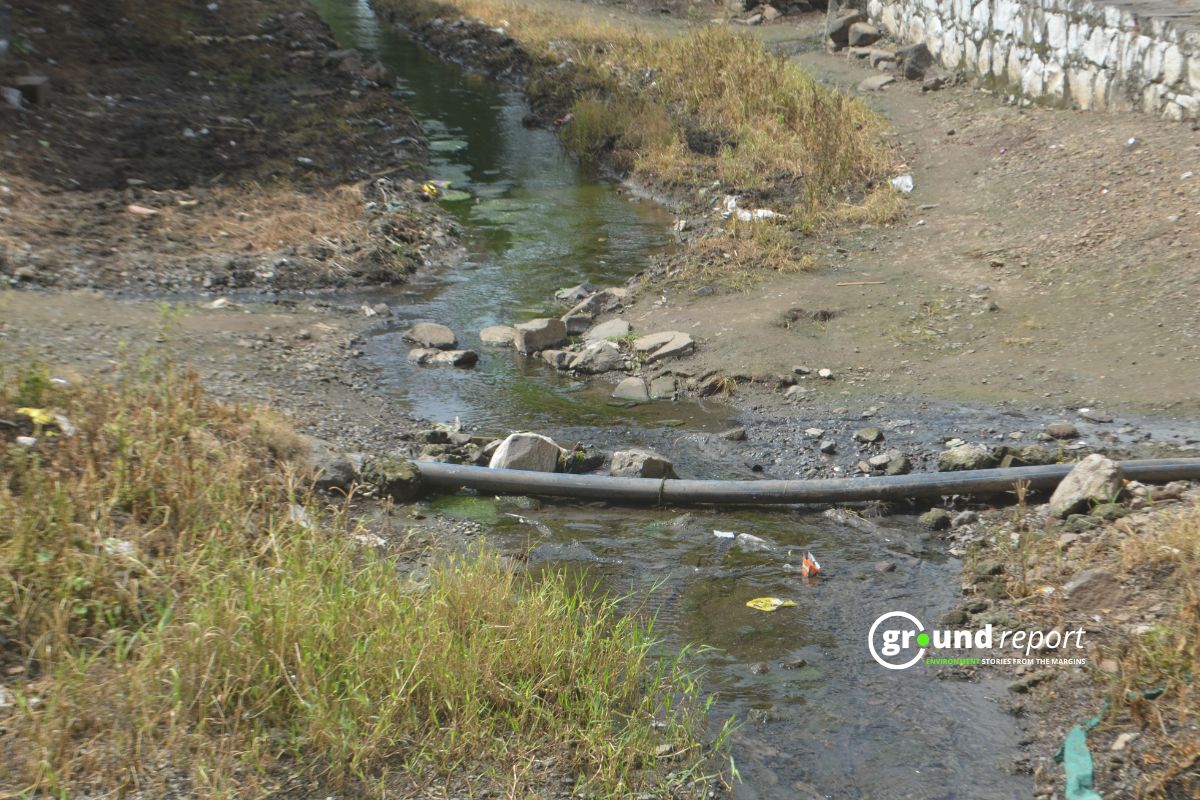A programme that began to support sugarcane farmers has now turned into a grain-powered enterprise. India’s ethanol blending drive, once rooted in sugarcane, is now being fuelled largely by maize and rice.
Between 2018 and 2024, more than Rs 40,000 crore was invested in ethanol production facilities across India. Most of this growth came from grain-based distilleries that have outpaced traditional sugar mills in output.
From Cane to Corn
The ethanol blending programme was launched to help sugar mills pay farmers on time. Mills were allowed to produce ethanol from sugarcane byproducts like molasses.
But a shortage of cane and new government price incentives changed the equation. From 2018-19, the government fixed prices for ethanol made from maize, rice, and other grains.
By 2023-24, India’s oil companies bought 672.49 crore litres of ethanol. Of that, 60 percent came from grains, mostly maize, while sugarcane-based feedstock accounted for just 40 percent.
Maize alone contributed 286.47 crore litres, surpassing ethanol made from all forms of sugarcane combined.
For 2024-25, ethanol procurement is expected to touch 920 crore litres. Of this, 620 crore litres will come from grain. Maize is projected to account for about 420 crore litres.
Industry data show that India now operates around 499 distilleries with an annual production capacity of 1,822 crore litres. Many are multi-feedstock units capable of switching between cane and grain depending on availability and price.
According to the Indian Sugar and Bio-Energy Manufacturers Association (ISMA), these investments have created new rural jobs and stabilised demand for maize.
Why Sugar Took a Backseat
Two major factors explain the decline of sugar’s dominance.
First, drought-hit seasons reduced cane availability. The government restricted ethanol production from B-heavy molasses and cane juice to protect sugar supplies. As a result, sugar diverted to ethanol dropped from 45 lakh tonnes in 2022-23 to 24 lakh tonnes in 2023-24.
Second, price differentials made grain more profitable. Ethanol from maize fetched Rs 71.86 per litre in 2024-25, compared to Rs 57.97 from C-heavy molasses and Rs 65.61 from cane juice.
Policy and Future Outlook
The government’s target for 2025-26 is to achieve 20 percent ethanol blending in petrol. Oil companies have already received offers to supply 1,776 crore litres—well above the 1,050 crore litres required.
Of the total offers, 1,304 crore litres were from grain-based ethanol, with maize leading at 831 crore litres.
But experts warn of new challenges.
At an average yield of 380 litres per tonne, India’s ethanol plants could consume over 11 million tonnes of maize this year. With total domestic maize output at about 42 million tonnes, this raises questions about food and feed security.
The government says it is aware of the issue. Officials claim they are monitoring grain procurement trends to ensure ethanol production does not affect staple supplies.
“Ethanol blending is part of our energy transition, but food security remains a priority,” said a senior food ministry official.
As India moves closer to its 20 percent blending goal, the source of that ethanol has clearly shifted. What began as a sugarcane rescue plan is now a grain-driven enterprise reshaping India’s biofuel landscape.
For farmers and fuel suppliers alike, maize has become the new grain of power.
Support us to keep independent environmental journalism alive in India.
Keep Reading
Highway Halt Puts Kashmir’s Fruit Economy at Risk
MP brings back Bhavantar as farmers lose soybean harvests
Stay connected with Ground Report for underreported environmental stories.
Follow us onX, Instagram, and Facebook; share your thoughts at greport2018@gmail.com; subscribe to our weekly newsletter for deep dives from the margins; join our WhatsApp community for real-time updates; and catch our video reports on YouTube.
Your support amplifies voices too often overlooked, thank you for being part of the movement.






